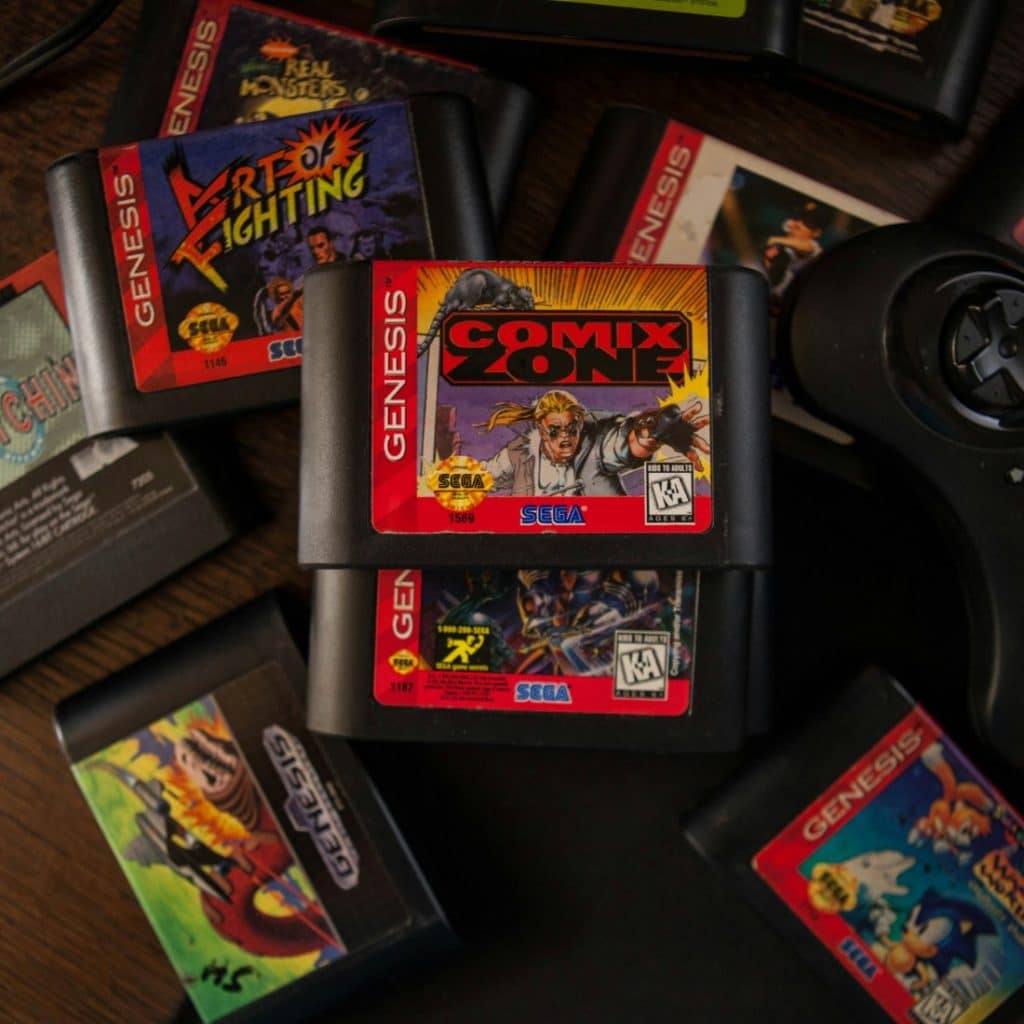
Before high-speed internet or cinematic cutscenes, retro video games delivered unforgettable experiences with simple tools and big imagination. These titles weren’t just games, they were rites of passage. From arcade cabinets to early consoles, these 15 classics helped define how a generation of men bonded, competed, and dreamed. Each one earned its place in the cultural memory, not just because of how they played, but how they made players feel.
Super Mario Bros. (1985)
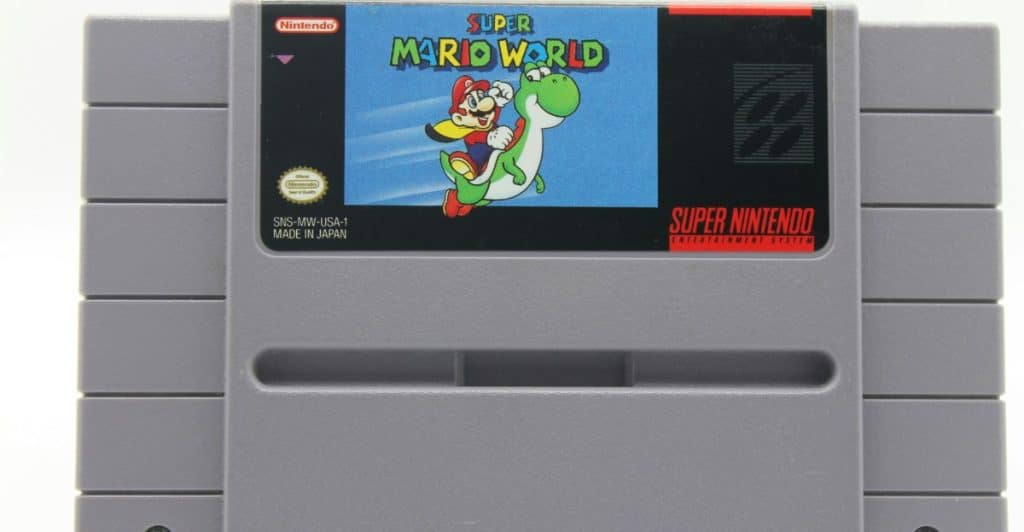
Super Mario Bros. didn’t just sell consoles, it created lifelong gamers. With intuitive design, playful music, and secrets around every pipe, it taught a generation the joy of exploration. The gameplay was tight, the pacing smooth, and Mario’s journey iconic. It’s still referenced in everything from pop culture to level design tutorials. Few games have been this foundational, or this fun.
Pac-Man (1980)
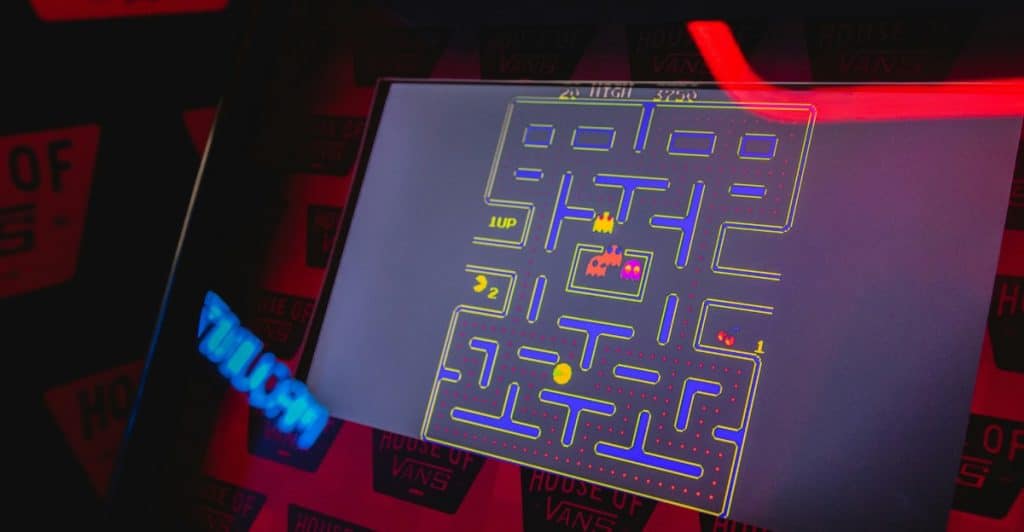
Pac-Man was a global phenomenon that helped bring arcade culture into the mainstream. Its deceptively simple gameplay, dodging ghosts, eating pellets, clearing mazes, offered endless challenge and satisfaction. Players memorized patterns and perfected timing in pursuit of that elusive high score. With its catchy sound effects and colorful design, it became one of the most recognizable games in history. More than just a quarter-eater, Pac-Man was, and remains, a symbol of gaming’s golden age.
Mortal Kombat (1992)
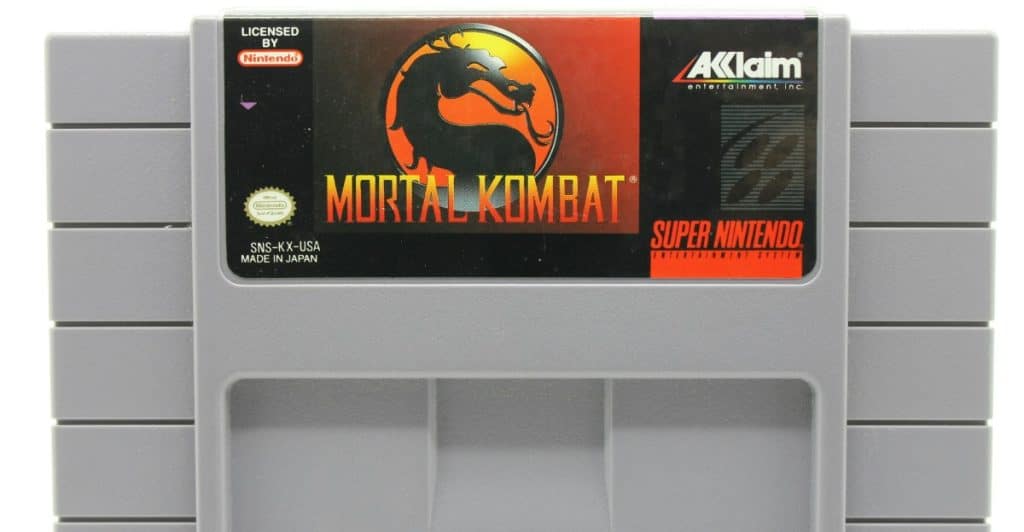
With digitized fighters, brutal finishing moves, and arcade swagger, Mortal Kombat became an instant classic, and a lightning rod for controversy. It was gritty, loud, and competitive, igniting rivalries in arcades and living rooms alike. Its shock factor helped spark the creation of the ESRB rating system. This wasn’t just about combat, it was about dominance, and it felt bold in all the right ways.
Chrono Trigger (1995)
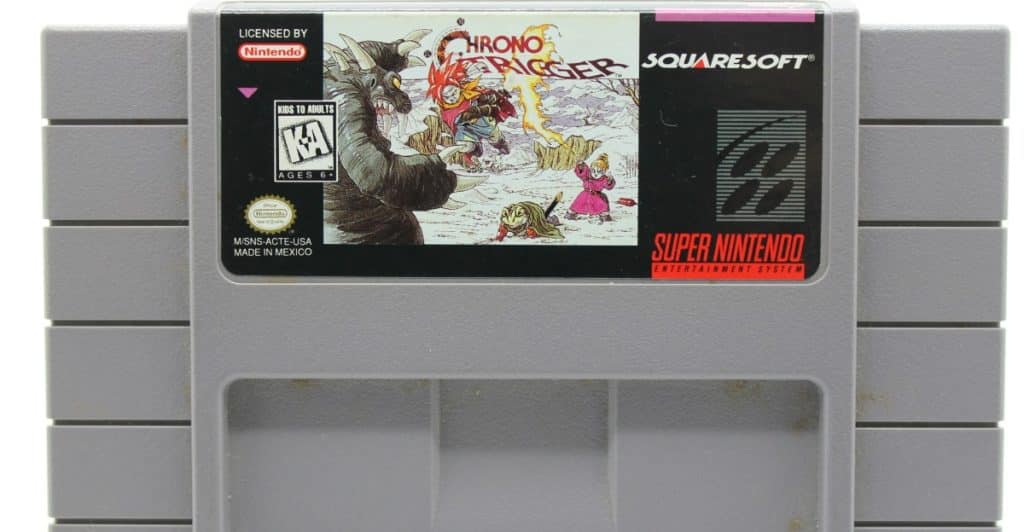
Chrono Trigger was more than a JRPG – it was a landmark in storytelling and design. Featuring multiple endings, time-traveling twists, and a cast co-created by legendary talents from Dragon Ball and Final Fantasy, it delivered narrative and emotional weight rarely seen in games at the time. The Active Time Battle system kept fights exciting, while every choice felt meaningful. From its pixel art to its powerful score, Chrono Trigger still stands as a gold standard for how games can tell unforgettable stories. It wasn’t just played – it was experienced.
Tomba! (1997)
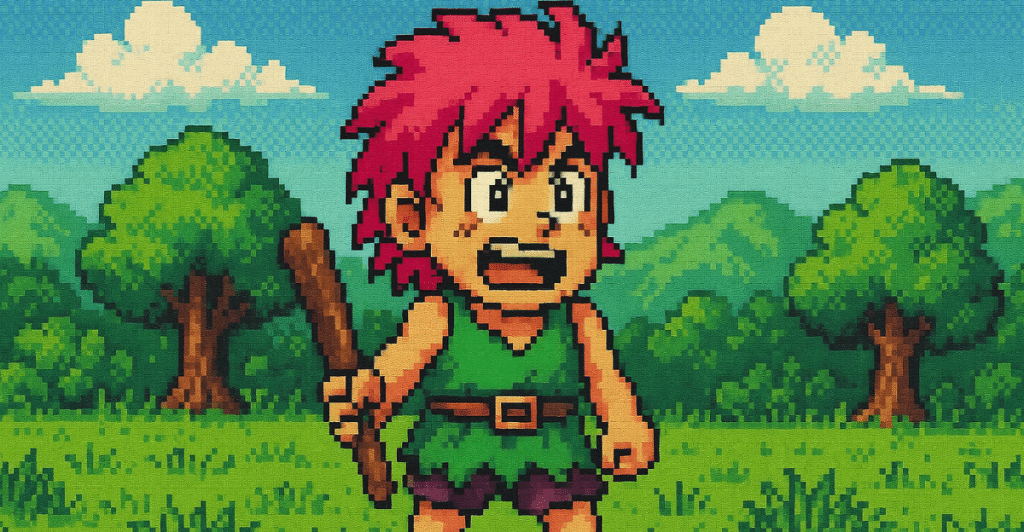
Tomba! was a hidden gem on the original PlayStation, combining vibrant visuals with quirky characters and side-scrolling adventure. Players took control of a feral, pink-haired boy battling evil pigs and solving over 100 mini-quests in a lush, semi-open world. The game stood out for its charm, inventive mechanics, and non-linear gameplay. It encouraged exploration and rewarded curiosity. While it didn’t get the spotlight of its platforming peers, Tomba! carved out a loyal fanbase, and still holds cult classic status today.
Tetris (1984)
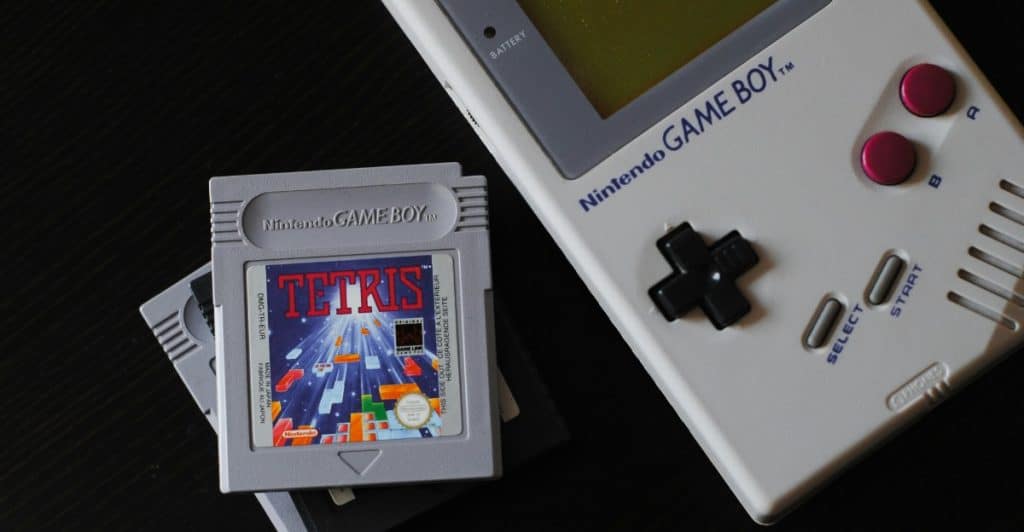
Easy to learn, impossible to master. Tetris was a logic puzzle with hypnotic music and elegant gameplay. Whether stacking blocks on a Game Boy or losing hours in a marathon session, players found both stress and peace in those falling shapes. It remains one of the most played and recognizable games worldwide. Few things are more satisfying than a clean Tetris line.
Tomb Raider (1996)

Tomb Raider introduced players to Lara Croft, a fearless, intelligent explorer navigating ancient ruins, solving intricate puzzles, and battling mythical foes. With its 3D environments and cinematic camera angles, it was one of the first games to make exploration feel truly immersive. Lara became a cultural icon, reshaping how female protagonists were viewed in gaming. The blend of action, mystery, and platforming gave players a new kind of thrill – the sense of uncovering something truly legendary.
Super Castlevania IV (1991)

Super Castlevania IV took the gothic charm of the series and turned it into a fluid, visually stunning experience on the SNES. With Simon Belmont’s upgraded whip mechanics, players could swing, hold, and strike in eight directions – revolutionizing combat for the franchise. Atmospheric levels, eerie sound design, and memorable bosses made every stage feel like a horror-infused adventure. It blended precision platforming with intense action, proving that horror and gameplay could work hand in hand. A must-play for fans of classic monster-slaying action.
Sonic the Hedgehog (1991)
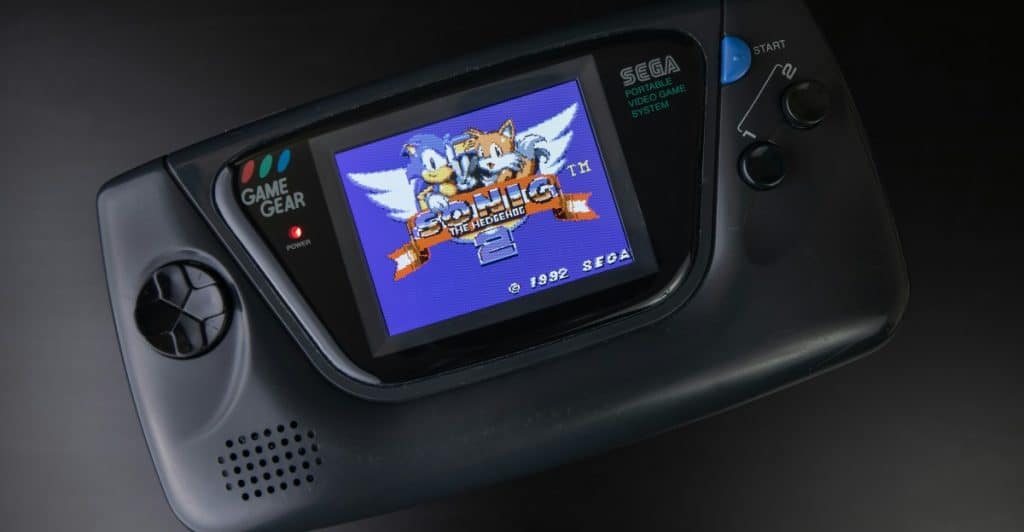
Sega’s answer to Mario was fast, flashy, and full of edge. Sonic the Hedgehog emphasized momentum over precision, trading methodical gameplay for loops, spins, and blistering speed. Its soundtrack slapped, and the levels begged to be replayed. Sonic wasn’t just a mascot, he was a movement. For Genesis owners, this was the defining game.
Pokémon Red & Blue (1996)

Pokémon turned Game Boys into gateways to another world. It was part adventure, part strategy, and all obsession. Players weren’t just training monsters, they were building teams, trading with friends, and learning the power of patience and persistence. Schoolyards turned into battle arenas. The dream of becoming a Pokémon Master still echoes decades later.
GoldenEye 007 (1997)
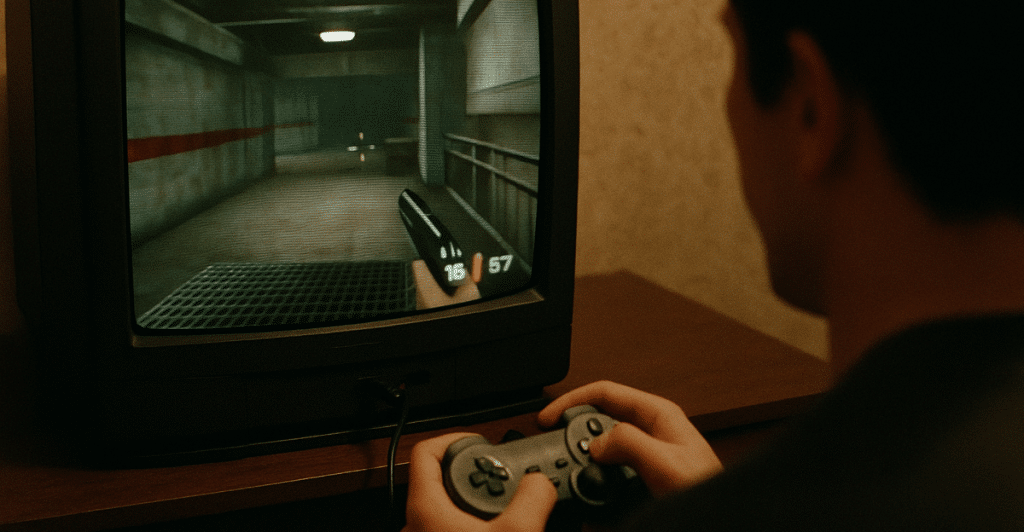
GoldenEye didn’t invent console shooters, but it perfected them. The single-player was tight and tactical, but it was split-screen multiplayer that defined sleepovers. “No Oddjob” became a house rule. The balance of stealth and shootouts, combined with iconic maps, made it a genre-defining moment. It was a Bond fantasy, and a first taste of FPS dominance.
Monopoly (1935)

While born as a board game, Monopoly made its way to digital platforms in the ’90s and became a staple for family and friend game nights on PC and console. Its familiar mechanics of buying, trading, and bankrupting opponents translated surprisingly well to video game formats. These digital versions retained the competitive edge and strategic depth of the original. For many, it was their first taste of economic gameplay. It wasn’t flashy, but it was endlessly replayable.
NBA Jam (1993)

NBA Jam brought arcade energy to basketball. No fouls. No rules. Just sky-high dunks, catchphrases, and chaotic fun. It was over-the-top, loud, and endlessly replayable. Teams like Stockton and Malone became unstoppable forces, and every player had their “on fire” moment. It wasn’t realism, it was fun.
Final Slide – A Generation Remembered in Pixels

These 14 retro games weren’t just entertainment, they were cultural touchstones. They sparked friendships, shaped skills, and inspired dreams. Long before DLCs and patches, what you saw was what you mastered. These titles proved that gameplay and heart beat graphics and hype every time. For many, they weren’t just games, they were the foundation of a lifelong passion.






Ask Me Anything